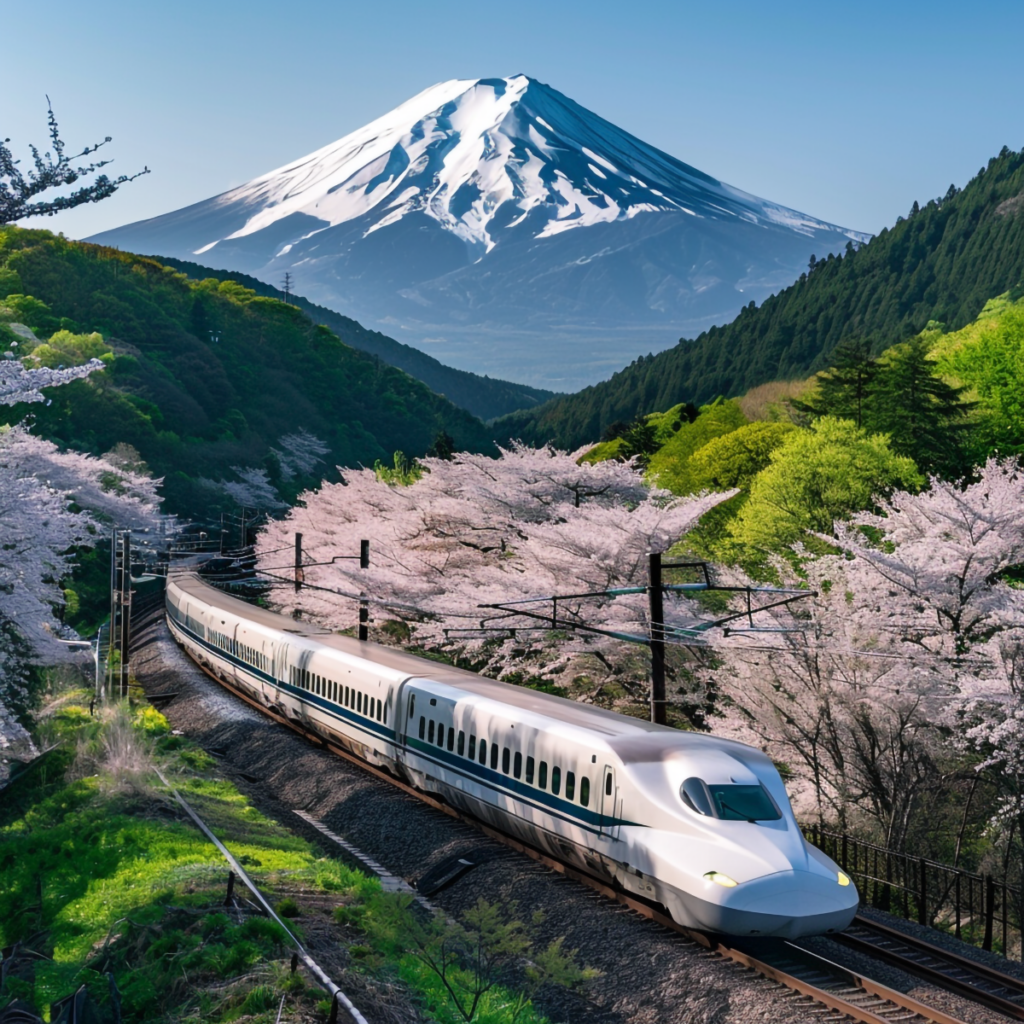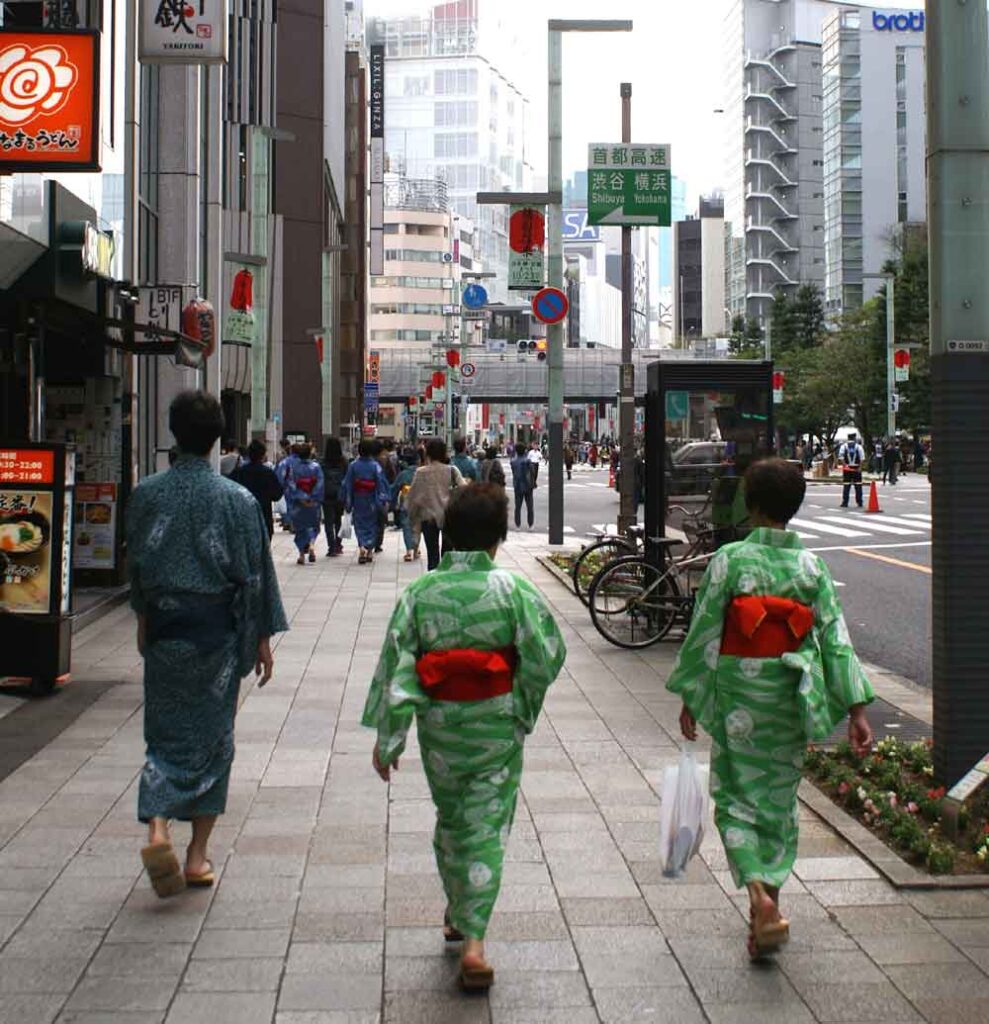The Japanese railway system enjoys a worldwide reputation. Whether for its efficiency, punctuality, cutting-edge technology and vast geographical coverage. Among the various railway companies operating in the archipelago, Japan Railways (JR) stands out as one of the largest and most influential. Founded in 1987, JR was the result of the privatization and split of the former government-owned Japan National Railways (JNR).
History of the Japan Railways railway network
Japan National Railways (JNR) was established in 1949 to consolidate and modernize Japan’s various private railway companies established during the Meiji period (1868-1912). For decades, the JNR has played a crucial role in the country’s economic development. But over time, it accumulated massive debts and ran into efficiency problems. This led to reforms and privatization, resulting in the creation of Japan Railways in 1987.
Structure and Operations
Japan Railways consists of six separate companies, each operating in different regions of Japan:
- JR Hokkaido: Serving the northern island of Hokkaido. This company operates lines connecting the main cities as well as high-speed trains Shinkansen.
- JR East: Covering the Kanto and Tohoku region, JR East operates a dense network of regional, suburban and Shinkansen lines. Including the famous Tohoku Shinkansen line linking Tokyo to Aomori.
- JR Central: This company is famous for the Shinkansen Tokaido line connecting Tokyo to Osaka. It is one of the busiest high-speed train lines in the world.
- JR West: JR West serves the Kansai region, including the cities of Osaka, Kyoto and Kobe. The Shinkansen Sanyo line connects Osaka to Fukuoka on the island of Kyushu.
- JR Shikoku: Operating exclusively on Shikoku Island, this company connects the main cities of the region with regional and local trains.
- JR Kyushu: Serving Kyushu Island, JR Kyushu operates Shinkansen lines, as well as regional and local trains.
Japan Railways Rail Network Technology and Innovation
Japan’s rail system uses cutting-edge technologies to ensure the safety, speed and comfort of passengers. Shinkansen high-speed trains, among the most advanced in the world, offer speeds of over 300 km/h while maintaining an exceptional level of punctuality. Additionally, regional and suburban trains are equipped with features such as Wi-Fi, reservable seats, and even special carriages for women and the elderly.
Economic and Social Impact
Japan Railways’ rail network plays a vital role in Japan’s economy and society. In addition to facilitating daily travel for workers, it is also crucial for domestic and international tourism. Shinkansen connections have therefore brought the main cities of Japan closer together. This encourages regional tourism and contributes to the economic vitality of the regions served.
Challenges and Perspectives
Despite widespread admiration for Japan’s rail system, it faces challenges. For example, aging infrastructure, increasing competition from airlines and population decline in some regions. To meet these challenges, the Japan Railways rail network is investing in the modernization of its lines. JR introduces new technologies and the development of strategies to attract new passengers.
In conclusion, Japan Railways remains a vital pillar of Japan’s infrastructure and national identity. With its commitment to innovation, quality of service and sustainability, JR continues to play a crucial role in the daily lives of the Japanese but also in the economic development of the country.



